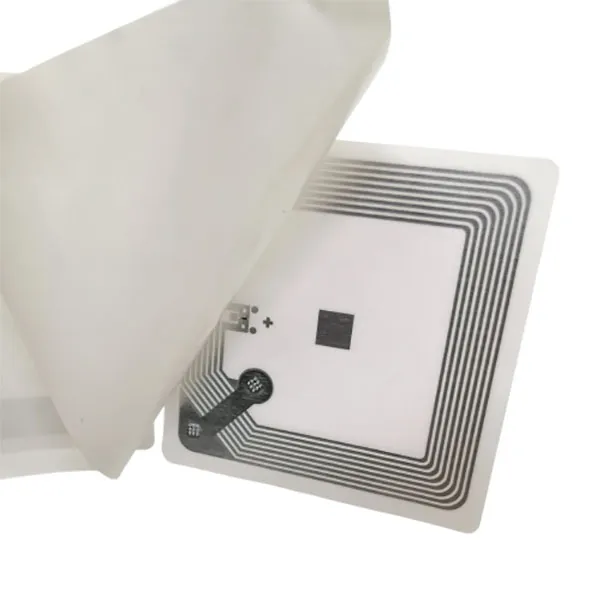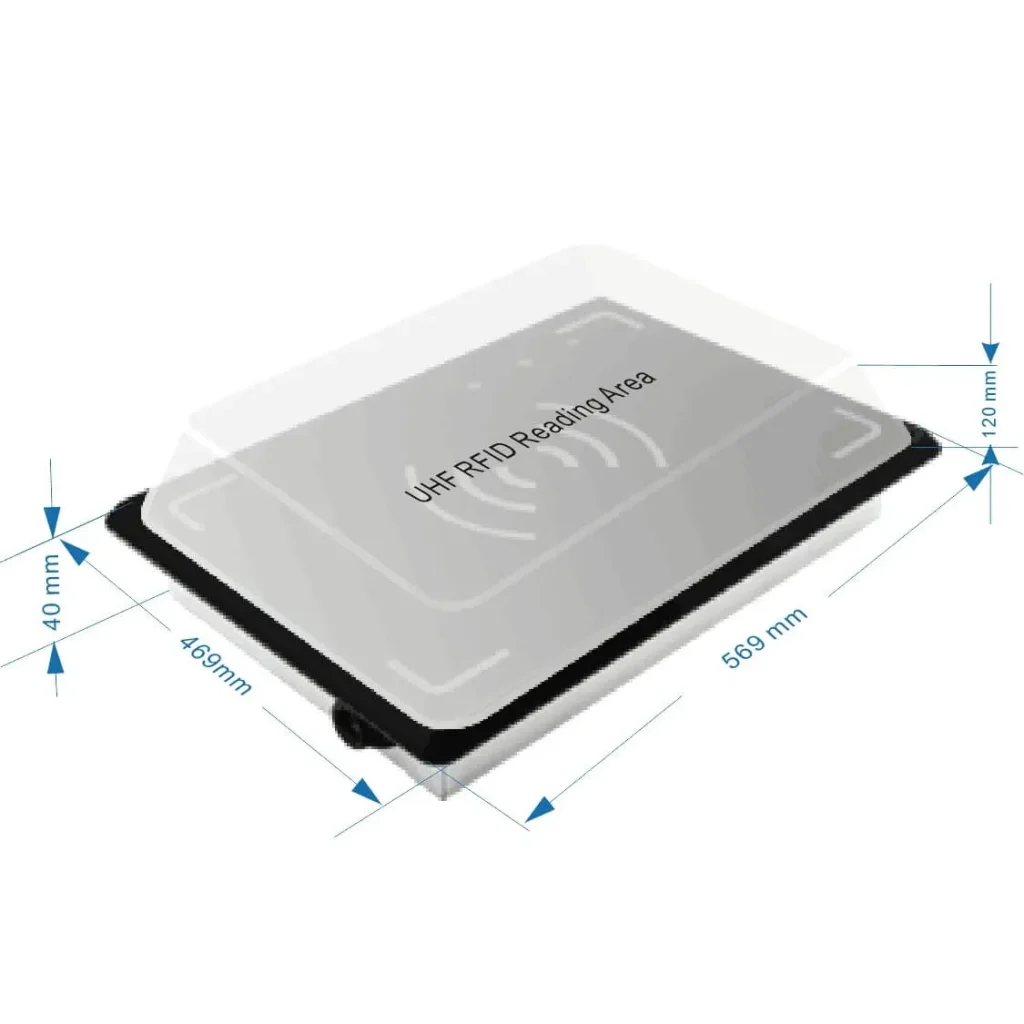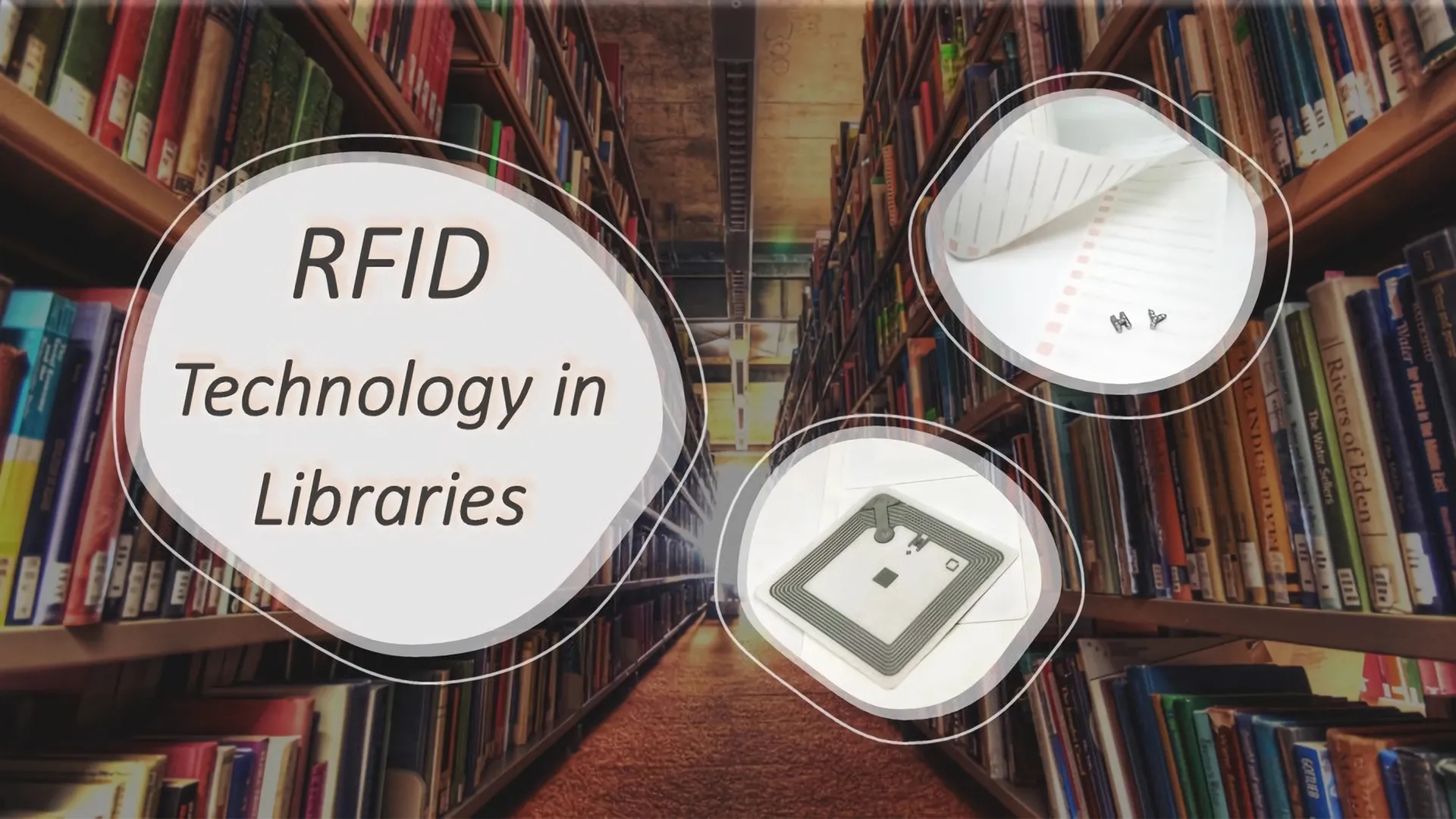RFID in Documents and Files Management
Traditionally, libraries have utilized various models for book management, including magnetic stripe and barcode identification. Magnetic stripes are used for security and anti-theft purposes, while barcodes facilitate collection identification. Despite incorporating modern technology like computer networks and software, libraries still face significant challenges, such as low automation levels and manual processes for borrowing and returning books. This manual handling wastes time and reduces work efficiency.
The advent of RFID (Radio Frequency Identification) technology has revolutionized documents management by greatly improving data collection speed. RFID ensures fast, efficient, and secure information reading and storage, thereby enhancing overall work efficiency.
By automating the issuance and return of books, CDs/DVDs, and other media through RFID, libraries and their patrons benefit from increased circulation and reduced manual handling. This technology also supports self-checkout and automated check-in for multiple items, streamlining operations.
RFID vs. Barcode: Key Differences
RFID technology replaces barcodes for item identification in libraries. The primary differences are:
- Line of Sight: Barcodes require a direct line of sight to read a tag, whereas RFID can read multiple items within the read zone simultaneously.
- Processing Speed: RFID allows for multiple items to be processed at once, unlike the one-at-a-time processing of barcodes.
As a result, RFID-driven automation allows library staff to focus more on customer service and guidance, significantly improving the customer experience.
How RFID Tags Work in Books
RFID tags in books utilize radio frequency signals to store and communicate information such as the book’s title, author, and ISBN number. When a tagged book comes within range of an RFID reader, the tag is activated and transmits the stored data. This system not only reads data but can also write updates to the tags, offering a flexible tool for managing book inventories dynamically and accurately.
Advantages of RFID in Documents
Implementing RFID tags in documents and libraries offers numerous benefits:
1, Improved Inventory Management: RFID tags allow for the simultaneous scanning of multiple books, reducing the time and potential for human error. Libraries and bookstores can easily track stock levels and ensure the availability of popular titles.
2, Book Tracking: RFID technology enables precise location tracking of each book, facilitating classification, localization, and return. It helps locate misplaced books and provides data for strategic decisions based on borrowing trends.
3, Enhanced Shopping Experience: RFID technology meets consumer expectations for streamlined, hassle-free shopping by ensuring book availability and ease of location, thereby improving customer satisfaction and loyalty.
4, Improved Loan Management: RFID simplifies loan and return processes, reducing losses and enhancing the user experience.
5, Theft Prevention: RFID-based security systems significantly reduce the risk of book theft.
HUAYUAN RFID Products for Documents Management
HUAYUAN offers a range of RFID products tailored for media and documents management in various library settings, including academic, public, corporate, and specialized applications. These products enhance the user experience and streamline operations with features like self check-in/check-out, RFID gates, article return, product sorting, and theft prevention. HUAYUAN’s RFID tags come in both HF and UHF chip encapsulations.
HF RFID Book Tag (ICODE SLIX)
- Well consistency, group reading, direction
- Variable Data processing
- Antenna size: 45x45mm, 45x76mm
- Protocol: ISO15693, 13.56MHz

RAIN RFID Library Tag
- Customize RFID Design Capability
- Variable Data Processing
- Long reading range up to 8m (27dbm, linear Round polarization)
- Protocol: IS018000-6C, EPC GEN2, UHF(860-960MHz)

RAIN Near Field UHF Reader Pad
- IMPINJ R2000 read module
- Desktop embedded design easy to implement with nice appearance
- Only a few seconds to check in and out documents and files
- Protocol: UHF, IS018000-6C, EPC Class1 Gen2

RFID technology has transformed library management and the publishing industry by providing an efficient and accurate method for tracking and managing books. Through wireless communication, RFID systems enable dynamic operations, making it possible to read and write information on tags, significantly enhancing operational efficiency and the user experience.

